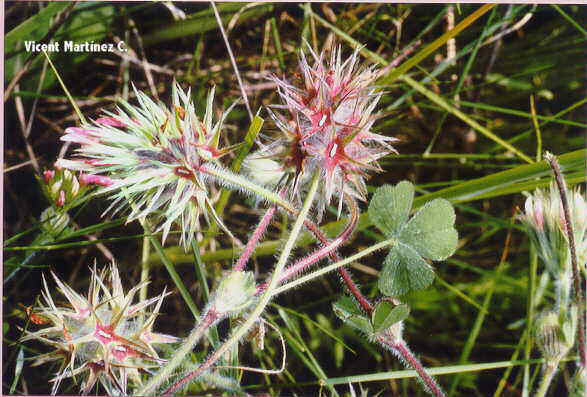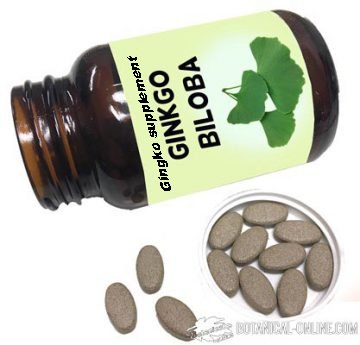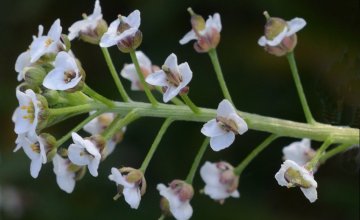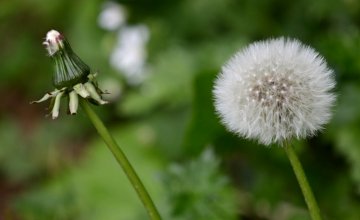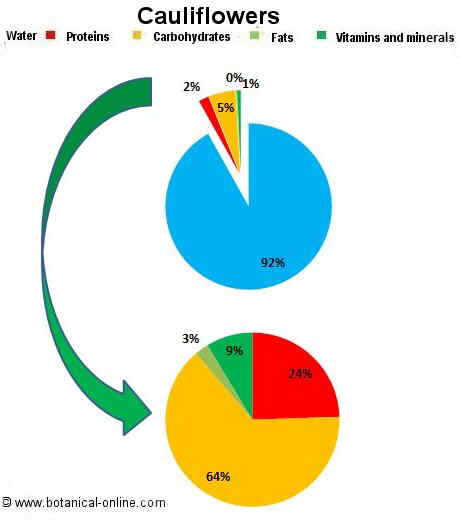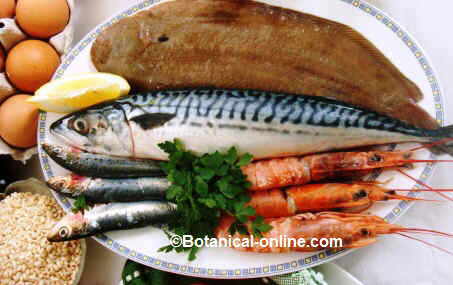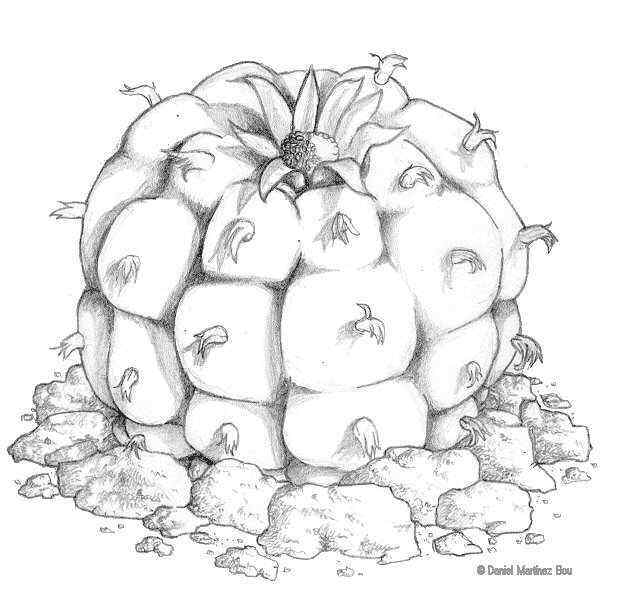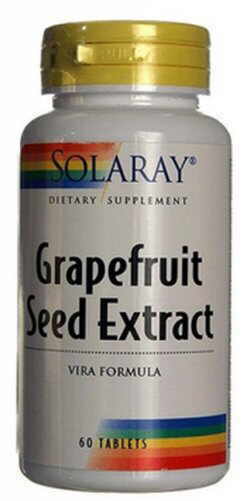How to grow kurrajonc (Brachychiton populneus/ Sterculia diversifolia)
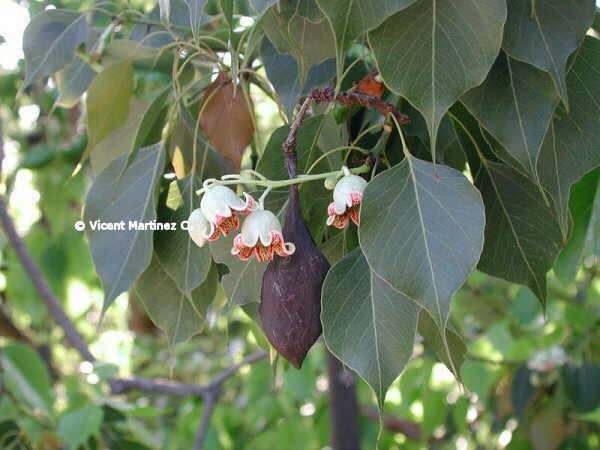
| April – May. Bell-shaped flowers, greenish yellow, with red stains inside, gathered in panicles. Conical trunk, more enlarged at the base and very straight. Ovate leaves, with very outstanding apex and fruits in very big capsules that become black. Mascescent species – it maintains the dry leaves on the tree until the appearance of the new ones. It may reach 15 m. |
| Not very abundant. It supports drought very well. |
| As square or street tree. It adapts very well to the dryness and the contamination. It is a tree that produces a lot of shade and very appropriate to reforest rocky hills. In their natural state it constitutes a melliferous species and its leaves and tender branches are used to feed the livestock. |
| Demishade in a protected place from cold and sea winds. |
| By means of fresh seeds in spring. It grows quite fast. |
| Preferably slight and alkaline, with a good drainage, although it supports the loamy soils. |
Other species of “Brachychiton“
Brachychiton acerifolius—————- Flame kurrajong, Illawarra flame tree
Brachychyton bidwillii —————………….
Brachychiton discolor —————— Lacebark kurrajong
Brachychiton rupestris—————— Queensland bottle tree
![]() More information about plants cultivation.
More information about plants cultivation.
This article was endorsed by Julián Masats - Technical agricultural engineer specialized in horticulture and gardening.


